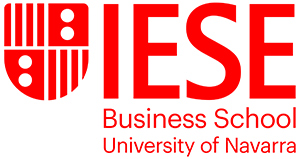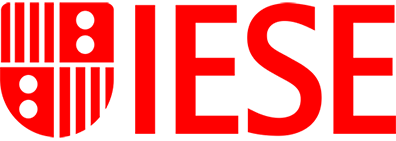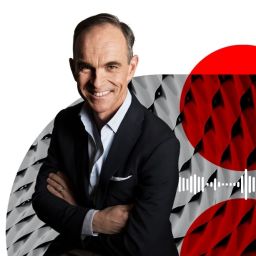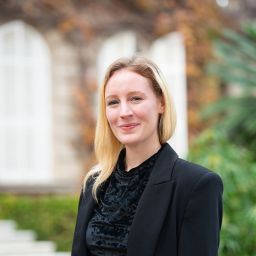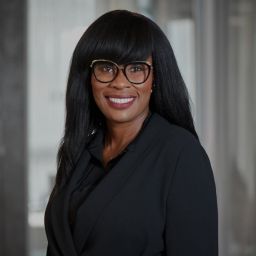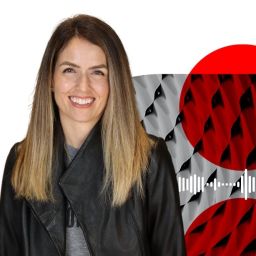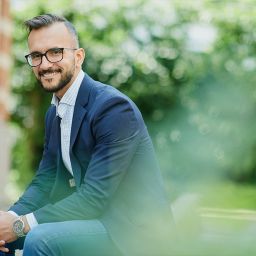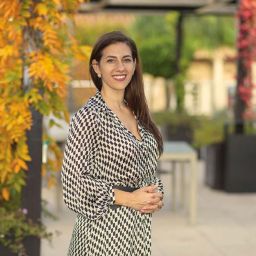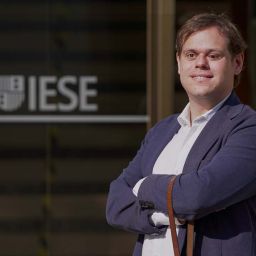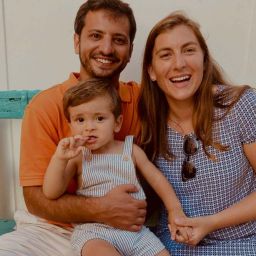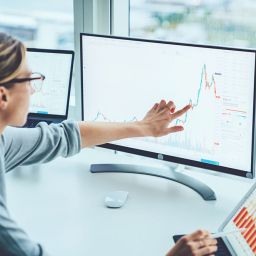Singapore-based Jason Ho joined OCBC Bank as the Global Head of Asset & Liability Management following an illustrious 30-year career in sales and treasury services. Then, in 2015, the bank gave him the opportunity to head up human resources. “At OCBC, I had reached the stage in my career where I wanted to contribute in a way that makes a difference to lives and also add value to the bank beyond driving revenue. I wanted to invest in people to help them develop their full potential.” Here he discusses more with IESE’s Carlos Rodríguez-Lluesma during a Custom Program for OCBC Group.
Why did your company let you take on this new role?
I honestly didn’t expect it. I asked, “Why me?” The bank wanted someone with strong business acumen to head up Group Human Resources. My experiences as a trader meant I had sound business knowledge and, therefore, an understanding of the kinds of people the bank required. I also clearly understood the bank’s culture and where I could take it. My track record of mentoring industry professionals helped. They concluded that such qualities were assets for HR management and I was offered the job. The timing was perfect and I replied with a resounding “Yes!”
What were some of your early challenges?
How to make high-performing teams even better. Many were used to working in an old-style culture. I wanted to change mindsets. While our people were experts in their respective domains, I wanted them to learn to see different points of view and have the courage to experiment. I also desired to instill the importance of speed in decision-making, and if they made a wrong decision, to know why and learn not to do it again.
People must learn to think differently and bigger. If not, they will only focus on tasks and not build for the future. We observed from the pandemic that building resilience in people is key to surviving future crises. And there surely will be other crises. We learned to look at crises differently. A crisis is not necessarily a blip in time when we experience a sudden downturn and then quickly bounce back. Like COVID-19, a crisis may be slow-burning. However, we must continue to generate shareholder returns, look for opportunities and innovate. We’ve learned not only to live through a crisis but to be prepared and thrive through it.
How did you achieve your goals?
One thing we implemented was Strategic Workforce Planning. With the support of senior management, we approached the heads of every division and asked, “How can this job be transformed over the next three to five years?” We rolled out a learning roadmap based on the responses. For example, in the legal department we evaluated if they were hiring people who gave straightforward legal advice or if they were hiring versatile professionals who could consider compliance in terms of the real operating model. Likewise, in the treasury department. For jobs at risk, we asked, “Are we reskilling them?” It’s about preparing each division for a new setup. It’s about being one step ahead. This is good for the individual employee and it is good for the company.
How do you see HR changing over the next three to five years?
HR must be on a mission to create value in a way that promotes, drives and achieves business objectives, while providing a robust employee experience. We need data to do this, not only for data analysts but for the entire company. In the context of HR, this means using data to simplify and streamline internal processes and support decision-making. When we are able to map every moment of truth, of delight, of despair, we can see where higher levels of human interaction are required, and support those. Listening to internal data gives us instant feedback, which is as essential as financial data for efficiency, productivity and service.
Human interaction is paramount. The HR person should not only be the first and last person you meet when you join and when you leave. HR must function as a key business partner – the Chief Relationship Manager – for each division. That’s how I present myself to the board, to my group CEO and to my peers.
How do you see HR supporting sustainability?
Sustainability has several pillars. The first, of course, is people. You must create an environment for people to be successful, not just in their jobs but also in their private lives. Behind our employees are networks of relationships with their partners, families, friends and communities. We provide a subsidized on-site child-care center in our building. How well we look after people in all aspects of their lives is our competitive advantage.
Second is about training people in new skills and creating new jobs within the organization. Our Future Smart Program offers new training modules across a wide variety of subjects. However, it is more than just attending conferences. We place our people in other divisions and countries within the banking group to learn different practices.
Third is aiming to be carbon neutral as an organization. How can we cut down on traveling? How can we contribute to society? The bank has various sustainability projects from recycling to planting trees.
The key is to allow people to go on their own personal learning journey. When someone wants to learn something beyond their core subject area, there is no question that we will help them access the materials, training or expertise that they need. In the past, a supervisor had to approve a course before the employee could attend a training. We flipped it around. Now, anyone can autonomously apply for any course. Their supervisor will be subsequently informed. The supervisor can query it, but the default is that any employee can pursue any learning without having to ask for permission.
HR and sustainability are about creating an environment where people feel vested in society and see it as part of their job to support Singapore meaningfully.
